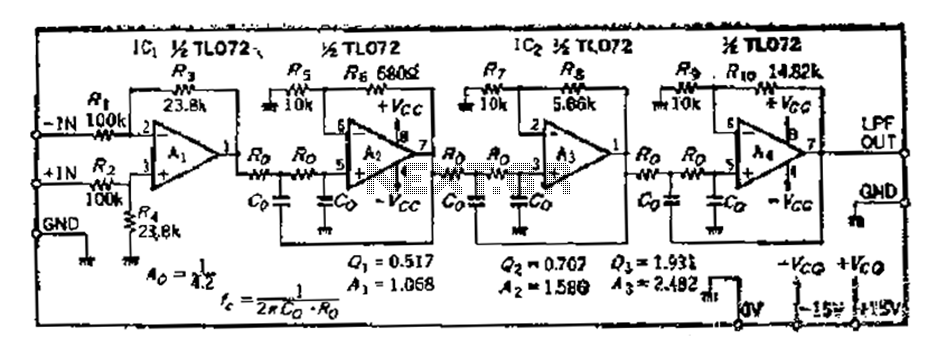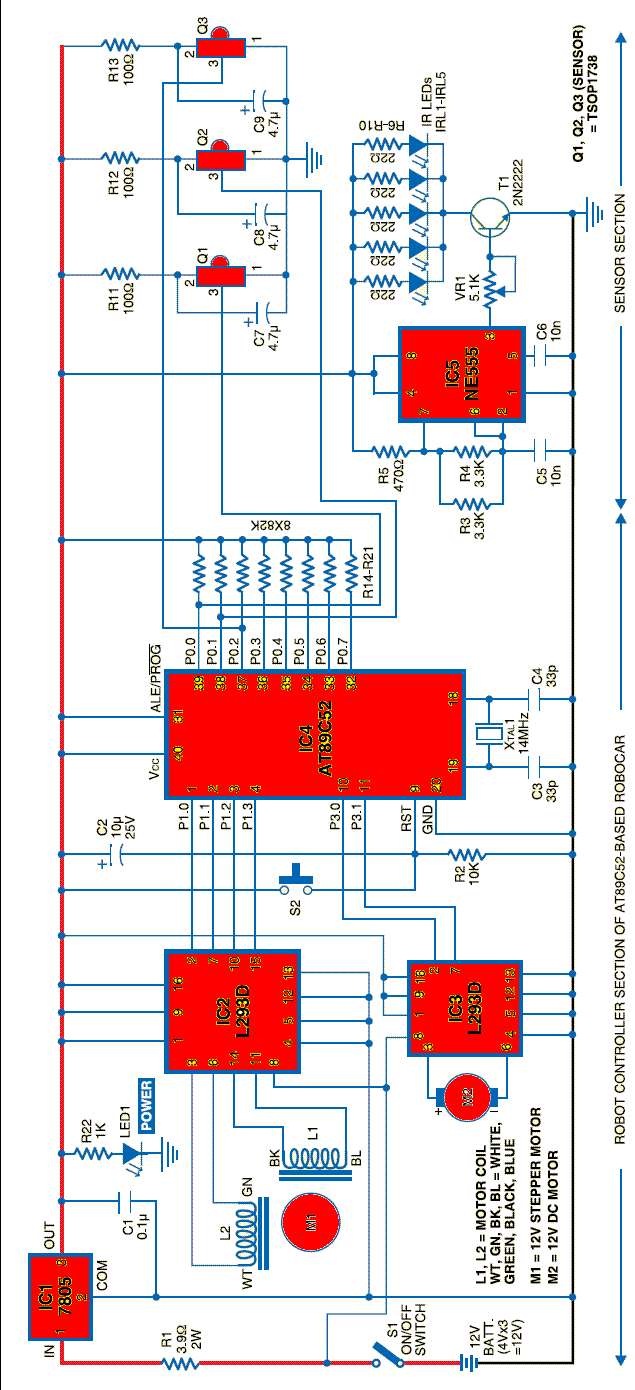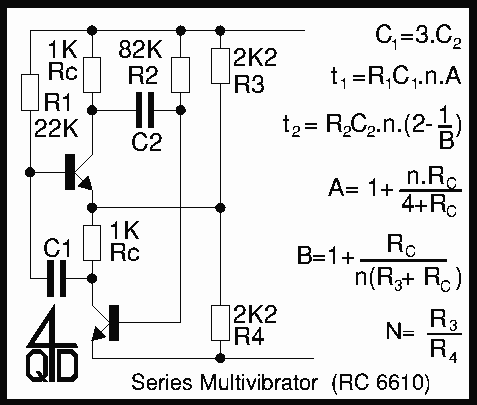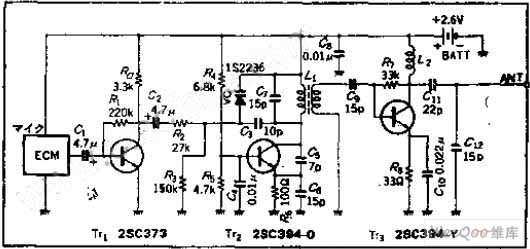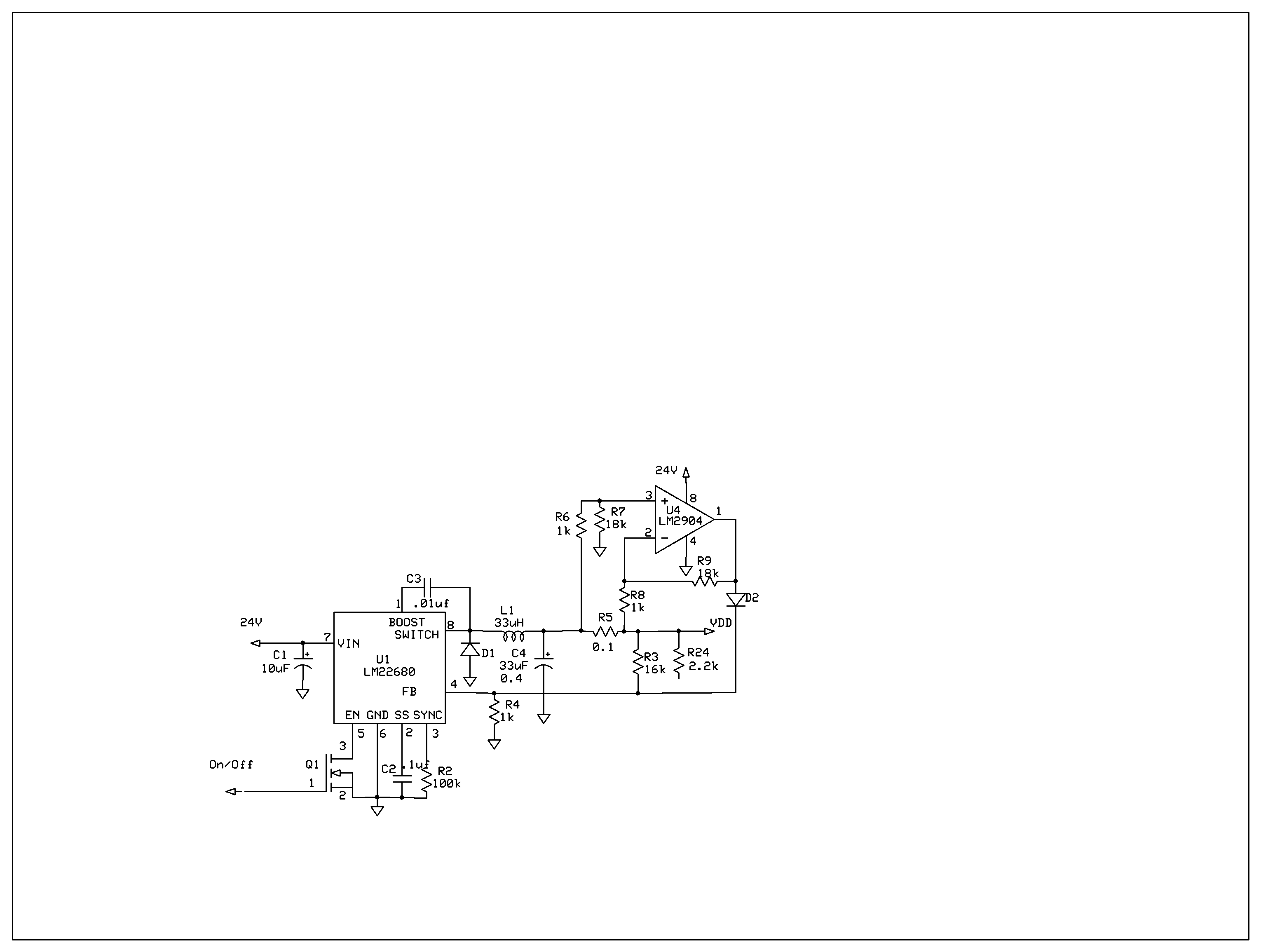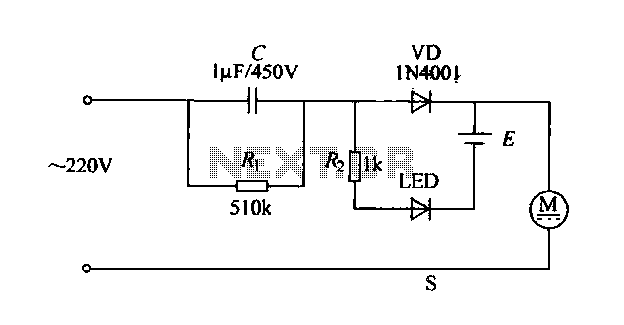
Rotation Sensor Circuit Using 555 PCB
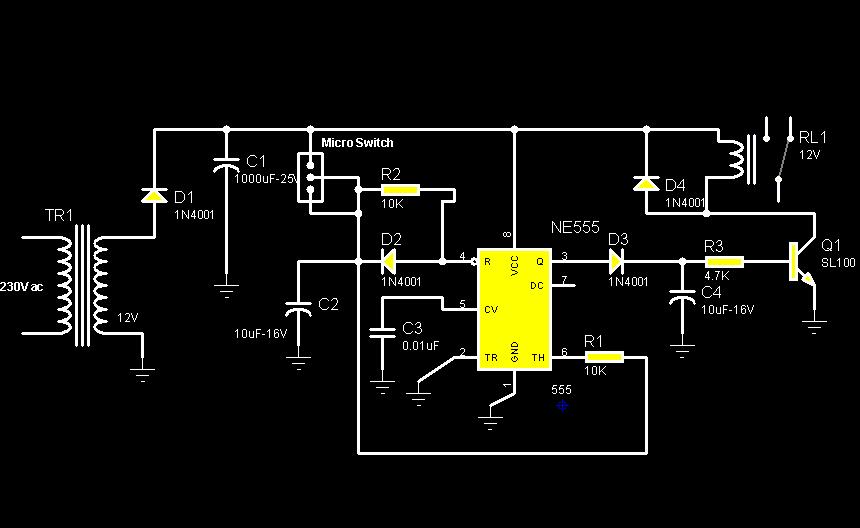
The circuit diagram illustrates a rotation sensor that activates a device, such as a motor or buzzer, when the circuit assembly is rotated. The design is based on the fundamental operation of a 555 timer.
The rotation sensor circuit utilizes a 555 timer in monostable or astable mode, depending on the desired functionality. In monostable mode, the circuit generates a single output pulse when triggered by the rotation. This pulse can be used to activate a relay or transistor, which in turn powers the connected device, such as a motor or buzzer. The duration of the output pulse is determined by the resistor and capacitor values connected to the 555 timer.
In astable mode, the circuit continuously oscillates, producing a square wave output that can be used to drive the connected device in a more dynamic manner. The frequency of this oscillation is also determined by the resistor and capacitor values, allowing for customization based on the application's requirements.
The rotation sensor may incorporate additional components, such as potentiometers for adjusting sensitivity or diodes for protecting against reverse polarity. Proper placement of the rotation sensor and careful calibration of the timing components are crucial for ensuring reliable operation. The circuit can be powered by a standard DC supply, and the output can easily interface with various devices, making it suitable for a wide range of applications in automation and control systems.Circuit The picture shows the circuit diagram of a rotation sensor that can turn on a device like motor or buzzer while the circuit assembly rotates. The circuit is based on basic 555 timer operation. 🔗 External reference
The rotation sensor circuit utilizes a 555 timer in monostable or astable mode, depending on the desired functionality. In monostable mode, the circuit generates a single output pulse when triggered by the rotation. This pulse can be used to activate a relay or transistor, which in turn powers the connected device, such as a motor or buzzer. The duration of the output pulse is determined by the resistor and capacitor values connected to the 555 timer.
In astable mode, the circuit continuously oscillates, producing a square wave output that can be used to drive the connected device in a more dynamic manner. The frequency of this oscillation is also determined by the resistor and capacitor values, allowing for customization based on the application's requirements.
The rotation sensor may incorporate additional components, such as potentiometers for adjusting sensitivity or diodes for protecting against reverse polarity. Proper placement of the rotation sensor and careful calibration of the timing components are crucial for ensuring reliable operation. The circuit can be powered by a standard DC supply, and the output can easily interface with various devices, making it suitable for a wide range of applications in automation and control systems.Circuit The picture shows the circuit diagram of a rotation sensor that can turn on a device like motor or buzzer while the circuit assembly rotates. The circuit is based on basic 555 timer operation. 🔗 External reference
